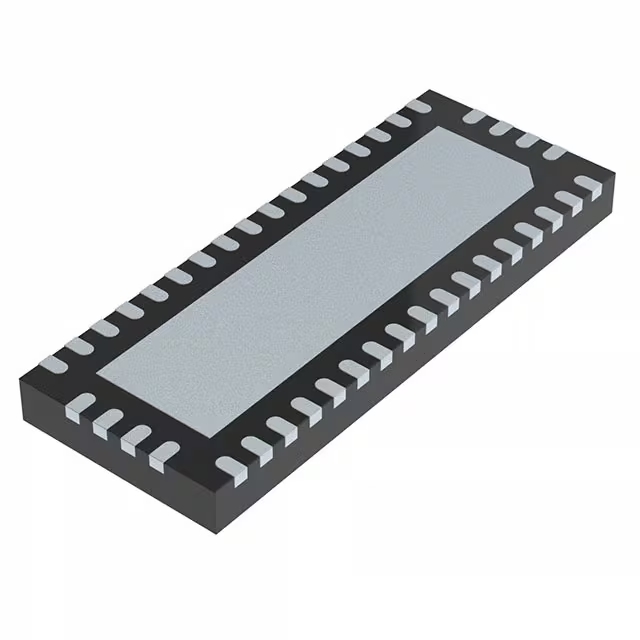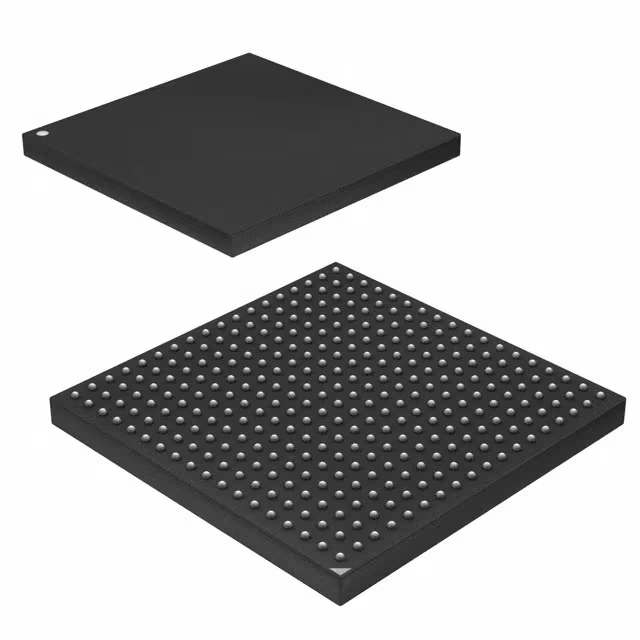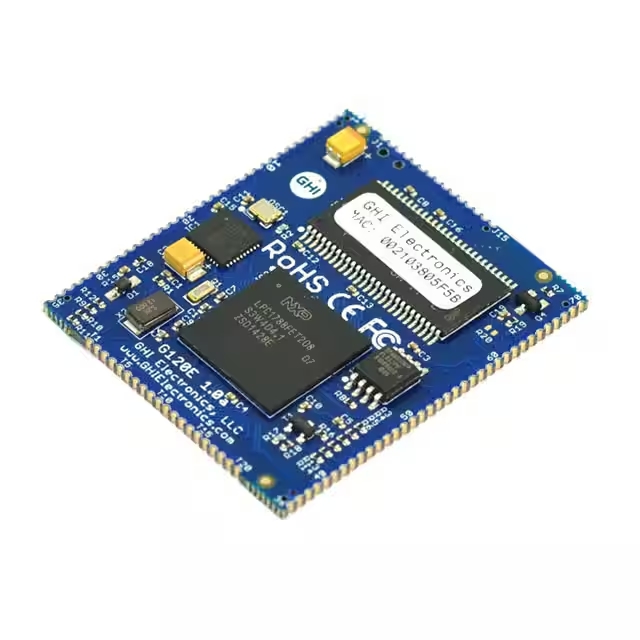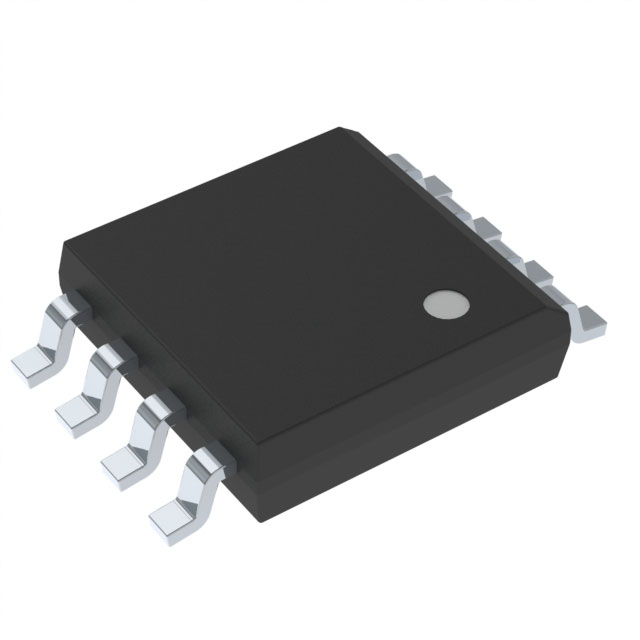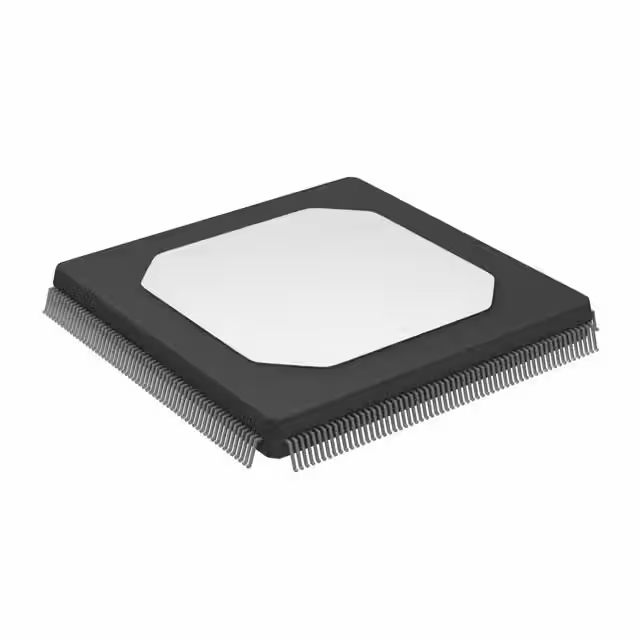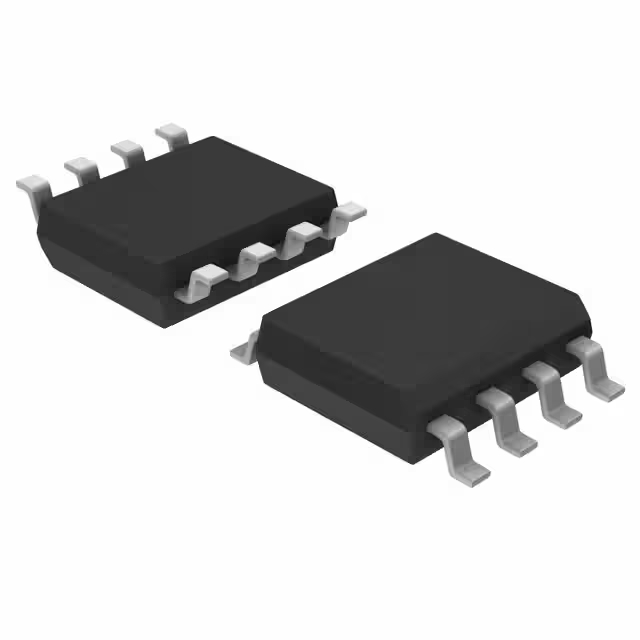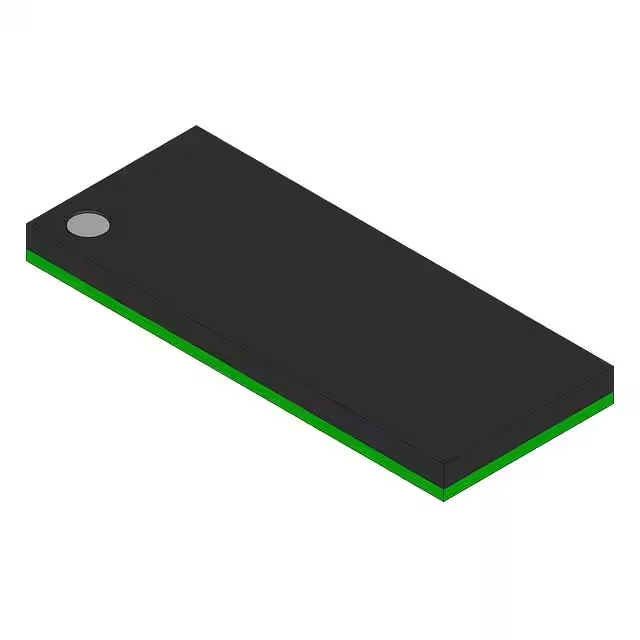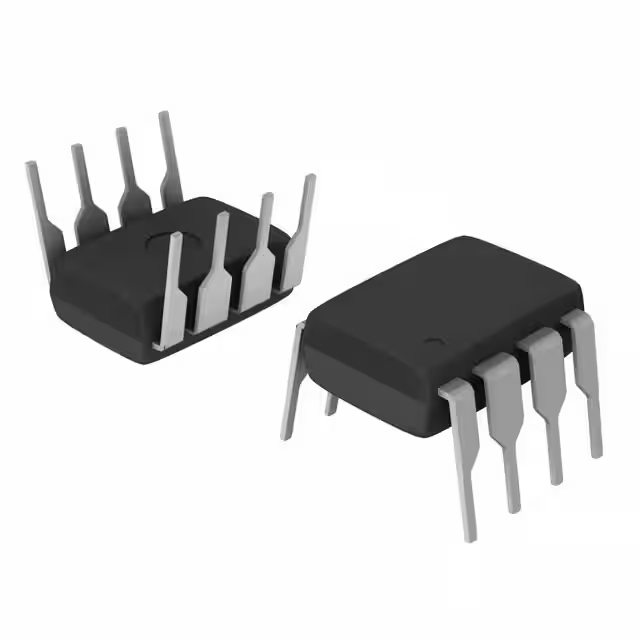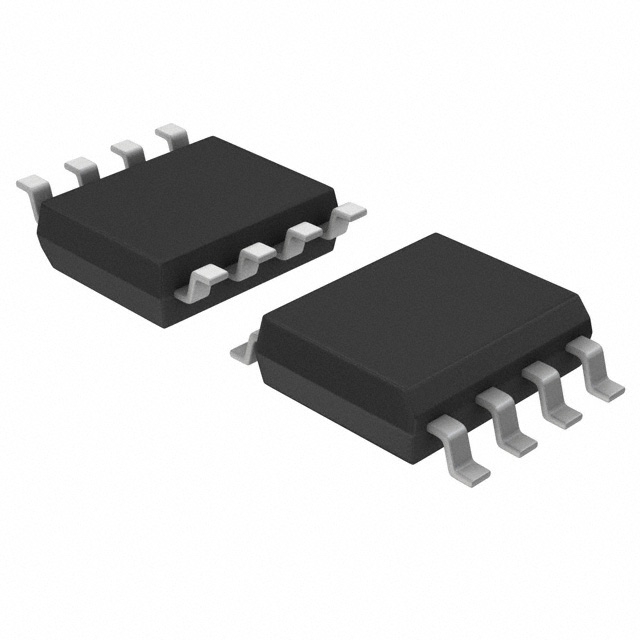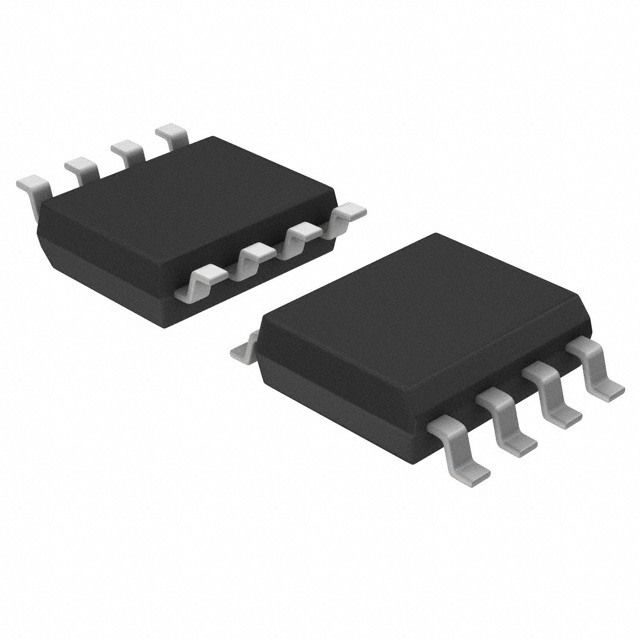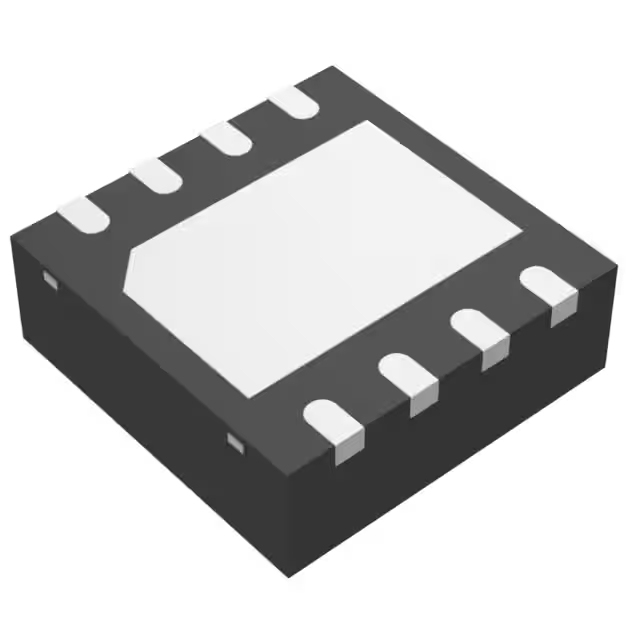DS3231SN vs. DS3231M | Arduino-Bibliothek und Pinbelegung
- Marken: Analog Devices / Maxim Integrated
- Herunterladen: DS3231SN Datenblatt PDF
- Preis: Anfrage
- Auf Lager: 24801
- Lieferbeschränkungen: -
- Typ: -
- REACH - SVHC: -
- Paket: -

KOSTENLOSE Lieferung für Bestellungen über HK$250.00

Schnelle Reaktion, schnelles Angebot

Blitzversand, keine Sorgen nach dem Verkauf

Originalkanal, Garantie der authentischen Produkte
Key Features of the DS3231
The DS3231 is a highly accurate real-time clock (RTC) module that offers exceptional timekeeping performance with minimal power consumption. It uses an integrated temperature-compensated crystal oscillator (TCXO) to maintain accuracy over a wide temperature range. With its I2C interface, it’s easy to integrate into microcontroller-based projects, whether you’re building a weather station, a data logger, or an embedded system. The DS3231 also includes features like an onboard battery backup, which keeps the clock running even when the main power is disconnected. Its low power consumption and high accuracy make it ideal for battery-powered applications, ensuring your system keeps accurate time without draining resources.
DS3231 Pinout
| PIN-Nummer | Pin-Name | Beschreibung |
|---|---|---|
| 1 | VCC | Power supply pin. Connect to 3.3V or 5V, depending on your system requirements. |
| 2 | Masse | Ground pin. Connect to the system ground for proper operation. |
| 3 | SDA | Data pin for I2C communication. Connect to the SDA pin on the microcontroller. |
| 4 | SCL | Clock pin for I2C communication. Connect to the SCL pin on the microcontroller. |
| 5 | SQW/OUT | Square wave or output pin. Used for outputting square wave signals or other events. |
| 6 | 32KOUT | 32 kHz output pin. Provides a low-frequency clock signal if needed. |
| 7 | VBAT | Battery backup pin. Connect a 3V battery to maintain the time during power loss. |
Pinout Usage and Notes
The DS3231 is designed for easy integration into systems requiring accurate timekeeping. The VCC and GND pins power the device, while the SDA and SCL pins are used for I2C communication with the microcontroller. The SQW/OUT and 32KOUT pins can be used to generate clock signals for other devices or to indicate specific events. For continuous timekeeping even during power interruptions, a battery should be connected to the VBAT pin. Be sure to connect the correct voltage level (3.3V or 5V) to the VCC pin based on your microcontroller’s requirements.
DS3231 Equivalent Models
| Modell | Genauigkeit | Spannungsbereich | Schnittstelle | Battery Backup | Pakettyp | Anwendung |
|---|---|---|---|---|---|---|
| DS3231 | ±2 minutes/year | 2.3V to 5.5V | I2C | Ja | LGA-16 | Real-time clock, timekeeping |
| PCF8563 | ±5 minutes/month | 1.8V to 5.5V | I2C | Ja | TSSOP-8 | Low power RTC applications |
| MCP7940N | ±5 minutes/month | 2.5V to 5.5V | I2C | Ja | SOIC-8 | Real-time clock, low power |
| RV-3028-C7 | ±1 minute/year | 1.8V to 3.6V | I2C | Ja | DFN-8 | High-accuracy timekeeping |
Equivalent Models Usage and Notes
If you need an alternative to the DS3231, the PCF8563 and MCP7940N offer similar functionality but with slightly lower accuracy. The PCF8563 is great for basic applications, but it may not be as precise as the DS3231. If you’re looking for a more accurate option, the RV-3028-C7 offers superior accuracy with ±1 minute per year but operates at a lower voltage range. When selecting an equivalent, consider the required accuracy, voltage compatibility, and communication interface to ensure it fits your design needs.
Using the DS3231 with Arduino
The DS3231 is a great addition to any Arduino project that requires accurate timekeeping. With its I2C interface, it’s easy to integrate with the Arduino, and there are plenty of libraries available to get you started quickly. Whether you need to track real-time clock data for a weather station, logger, or home automation system, the DS3231 ensures precise time tracking. Simply connect the SDA and SCL pins to the Arduino, add the library, and you’re ready to go.
DS3231 Battery Life
The DS3231 has a built-in battery backup, which ensures the timekeeping continues even when the main power is turned off. With a CR2032 coin cell, the battery life can last several years, depending on the temperature and usage. Typically, you can expect up to 5 years of battery life under normal conditions, ensuring your system remains accurate without needing frequent battery changes.
DS3231 Circuit Diagram and Analysis
The DS3231 is a highly accurate real-time clock (RTC) module that uses an I²C interface for communication. It’s commonly used in projects requiring precise timekeeping, such as data loggers, clocks, and alarm systems.
Typical Circuit Diagram
Here’s a basic schematic for connecting the DS3231 to an Arduino:
Circuit Analysis
-
Power Supply (VCC): The DS3231 operates at a voltage range of 2.3V to 5.5V. Ensure your power supply matches this requirement to avoid damaging the sensor.
-
Ground (GND): Connect the GND pin to the common ground of your circuit.
-
I²C Communication:
-
SDA (Data Line): Connect to the SDA pin on your Arduino (typically A4 on an Uno).
-
SCL (Clock Line): Connect to the SCL pin on your Arduino (typically A5 on an Uno).
-
-
32kHz Output (32K): This pin provides a 32.768 kHz square wave output, which can be used for timekeeping in other circuits. It requires an external pull-up resistor.
-
Square Wave Output (SQW): This multifunction pin can output a square wave or serve as an interrupt signal. It also requires an external pull-up resistor.
-
Reset (RST): This pin indicates the status of the power supply. It can also be used as an external reset input.
-
Battery Backup (VBAT): Connect a 3V coin cell battery (like CR2032) to this pin to maintain timekeeping during power outages.
Important Notes
-
Spannungskompatibilität: The DS3231 operates at 3.3V logic levels. If you’re using a 5V microcontroller like the Arduino Uno, ensure that the I²C lines are properly level-shifted to prevent damage to the sensor.
-
Kondensatoren: Place a 100nF capacitor close to the VCC and GND pins of the sensor to stabilize the power supply and reduce noise.
-
Address Conflicts: If multiple I²C devices are used, ensure that each device has a unique address. The DS3231’s address can be selected via the SDO pin.
For more detailed information, refer to the DS3231 datasheet.



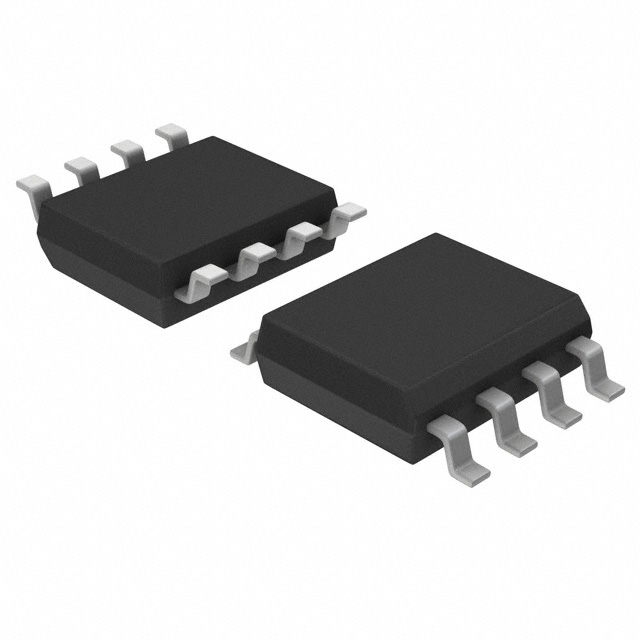


,SOT157-2.JPG)
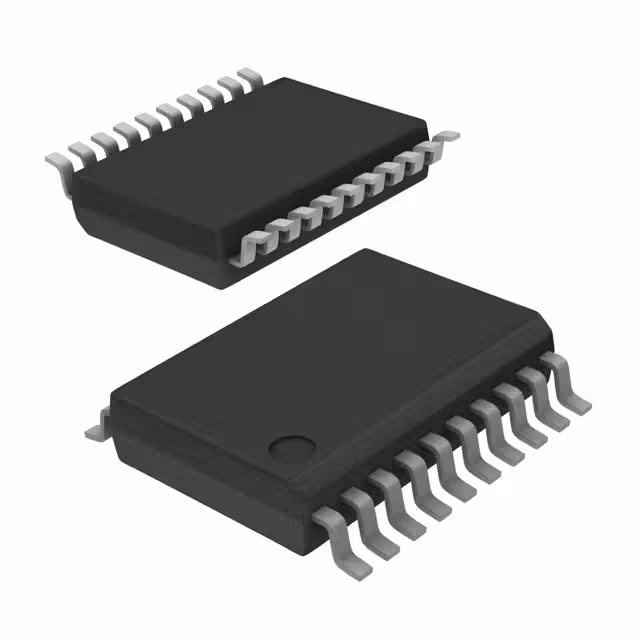
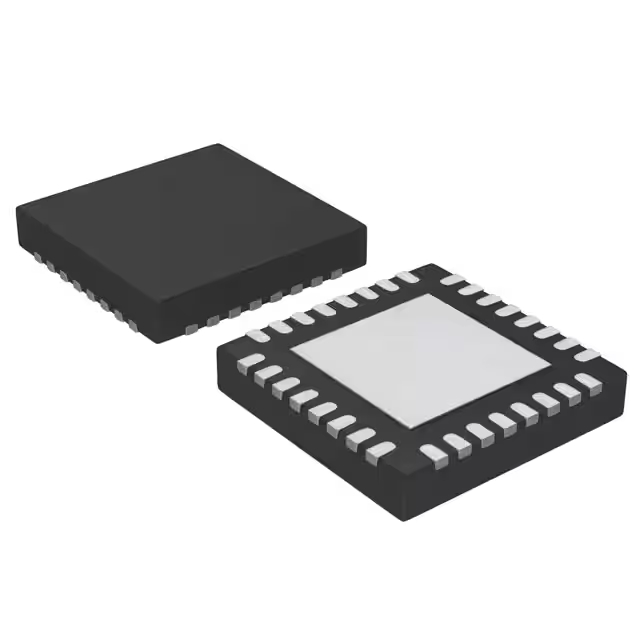
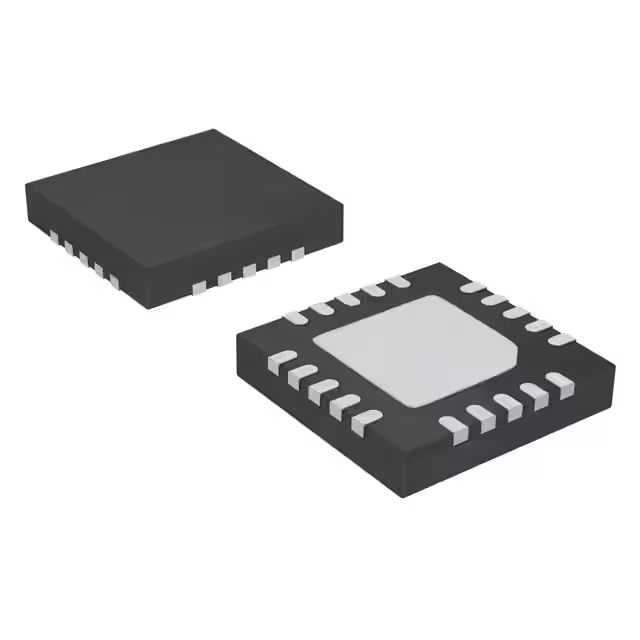
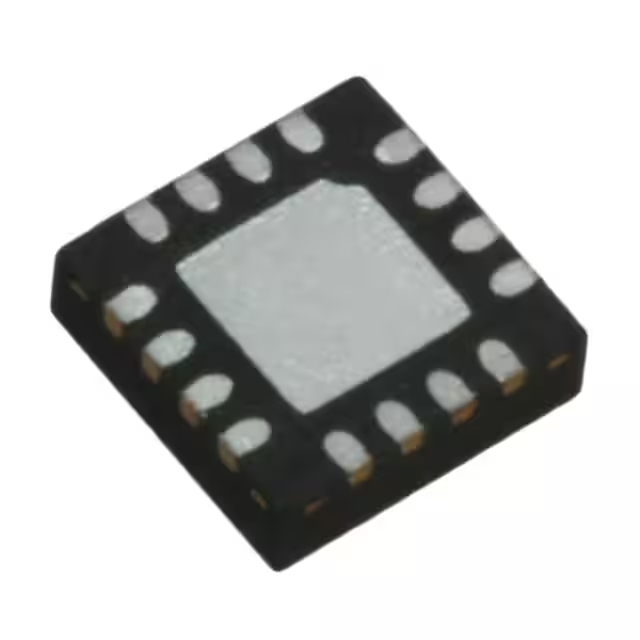
,SOT523-1.JPG)

